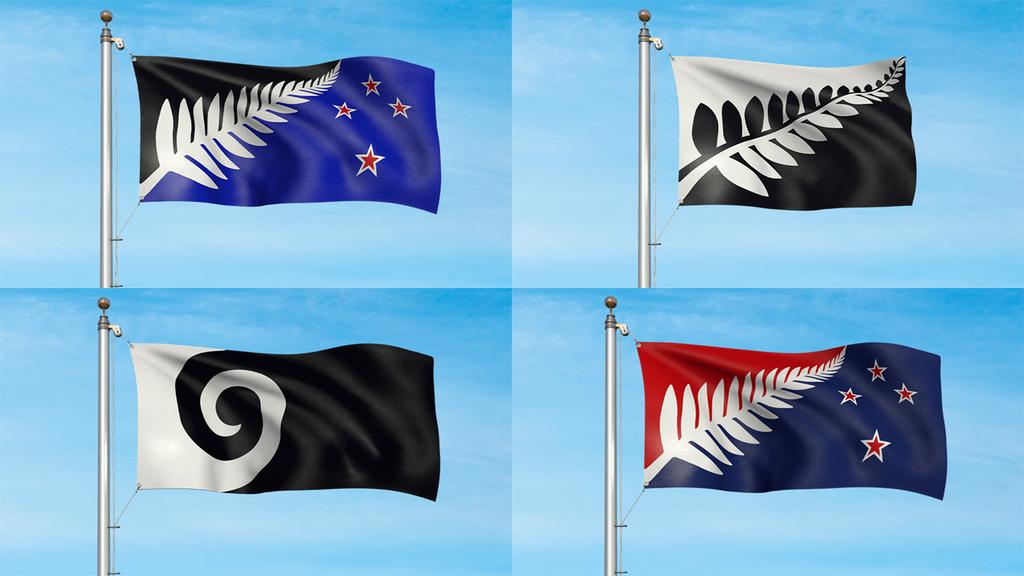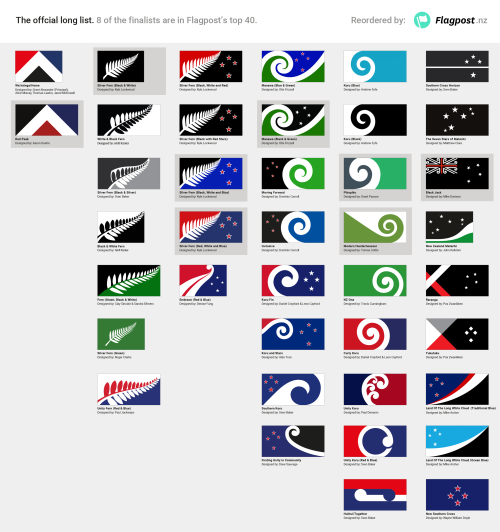Everyone thinks they’re a design critic, but what they’re usually talking about is taste. Good design can sometimes seem subjective and indefinitely based on intuition, but its essential nature is a response to human needs. Taste is an arbiter of quality; design is about defining problems and delivering solutions to those problems that fulfil the underlying needs.
The vanity rebrand, the Potemkin product, the enterprise software solution in search of a problem. All these are examples of bad design and what all have in common is a pointless attention to surface detail and style—an enumeration of features rather than a fusion of form and function. We don’t point out bad design just because it’s ugly and distasteful, but because it’s out of place and awkward. It doesn’t fit the context where it’s applied. Good design is useful and largely invisible. Bad design, we notice.

A lot of good arguments against the shortlist of flags selected for the referendum have focused on matters of taste—the missed opportunity. There’s a subtext to a lot of this criticism, involving more recondite complications about fitness for purpose. What problem is the flag redesign solving? Why does it matter?
Regardless of whether the outcome was guided by principles of ‘good flag design’ or ‘vexillology’, the flag referendum was never placed to deliver a satisfactory result from the outset because its need was unclear and its timing had no relevance to society.
There’s no outstanding or urgent reason for a flag change now, beyond disambiguating the New Zealand and Australian flags. The professed purpose of the referendum—that updating the flag would reflect the modern vision of New Zealand as an independent sovereign state—seems overly idealistic and almost certainly less true than many New Zealanders are comfortable admitting, given the global context of the Five Eyes alliance and the fact that the Queen of England is still the official head of state.
I certainly don’t want to sneer at the depth of feeling and the sense of importance and personal connection to national identity that the flag represents. It should be possible to talk about a sense of national pride and connection without pandering to the coarse stereotypes of patriotism and populism. I sympathise with those who genuinely want a new flag that represents their place in the world and are unsatisfied with the current options.
But new flags flutter after revolutions, not before them. Without connection to a broader constitutional debate—taking actual concrete steps towards sovereignty as an independent republic—New Zealand’s flag redesign seems meaningless and meandering. It comes across as a stolid branding exercise, designed by committee and executed by a cabinet of meddling managerialists who have no obvious long-term strategy beyond their allegiance to a cult of business that blurs the boundaries between crony corporate interests and government.
 flagpost.nz
flagpost.nz
If its intended purpose really is to unite and promote a singular nationalist vision, New Zealand’s flag referendum will almost certainly fail to motivate and inspire the public. It’s a nice idea, but the public never asked for it to be delivered this way at this particular moment in history. The top-down style of executive decision making—authorising a committee of high ranking New Zealanders to privately select a shortlist while sanctimoniously promoting the democractic opportunity of the binding referendum—feels like the wrong way to change something as highly visible as the flag. I’ve seen this pattern of leadership go wrong on a smaller scale at too many companies to believe that it’s going to work at a much larger scale.
So it’s not at all surprising that aesthetically, the four shortlisted flags are a direct reflection of this dissembling style of management. All these flags have their place individually and their designers deserve credit; it’s just that this selection of flags doesn’t satisfy the expectation of a meaningful change. The ongoing fixation with featuring the fern symbol has pushed aside concerns about the balance of colour and form, overall coherence and longevity.
It’s even less surprising that the loudest response is well-spoken anger and the popular response is apathy. Ultimately, much of the anger has apathy at its core anyway. A lot of people have cared enough to criticise, but up until now, very few have cared enough to unify and rally around promoting a grassroots alternative.
One answer is that—like most government decisions—it’s happening whether we like it or not and there’s nothing productive we can really do except play along and make the most of the opportunity we’ve been given. This answer is extremely unsatisfying to those who are passionate about culture, symbolism, democracy and design responding to human needs. What happens when the flag shortlist is widely agreed to be banal and unreflective of these values?
Perhaps it’s too much to assume that any one replacement flag can meet New Zealand’s expectations.
Not everyone is angry and apathetic, that’s the point. What we’ll probably start to see is a proliferation of alternative flags symbolising Aotearoa New Zealand’s fragmented identity and atomised society. Regardless of what washes out of the official referendum—whether it’s the launch of a fresh new flag or a conservative retreat back to the legacy symbol—there’ll be more and more diverse flags appearing in public over the next few months. Some will be flying in defiance of the official flag, some will amplify and remix it.
 aotearoaflag.tumblr.com
aotearoaflag.tumblr.com
In Civilisation, the great work of gonzo anthropology and storytelling by Steve Braunias, he summarises his journeys around New Zealand as: “Three years of itemising civilisation in the last settled country on Earth, wandering from one republic to the next. So many of the towns drew into themselves, asserted a kind of independence.”
Maybe the strength of this independence is where we find the ultimate answer to the vexed question of the flag referendum with its emphasis on symbolism disconnected from sovereignty. When the bureaucratic process calls for a single black and white answer, the most satisfying response is surely a plurality of colours.
For me, the chaotic and creative response of flags en masse would inspire much greater national pride than any one true patriotic symbol. It fits with the deeply weird reality of New Zealand as I know it. When asked ‘yes or no?’, the answer can only be ‘mu’. The question unasked, reflected back on itself.
